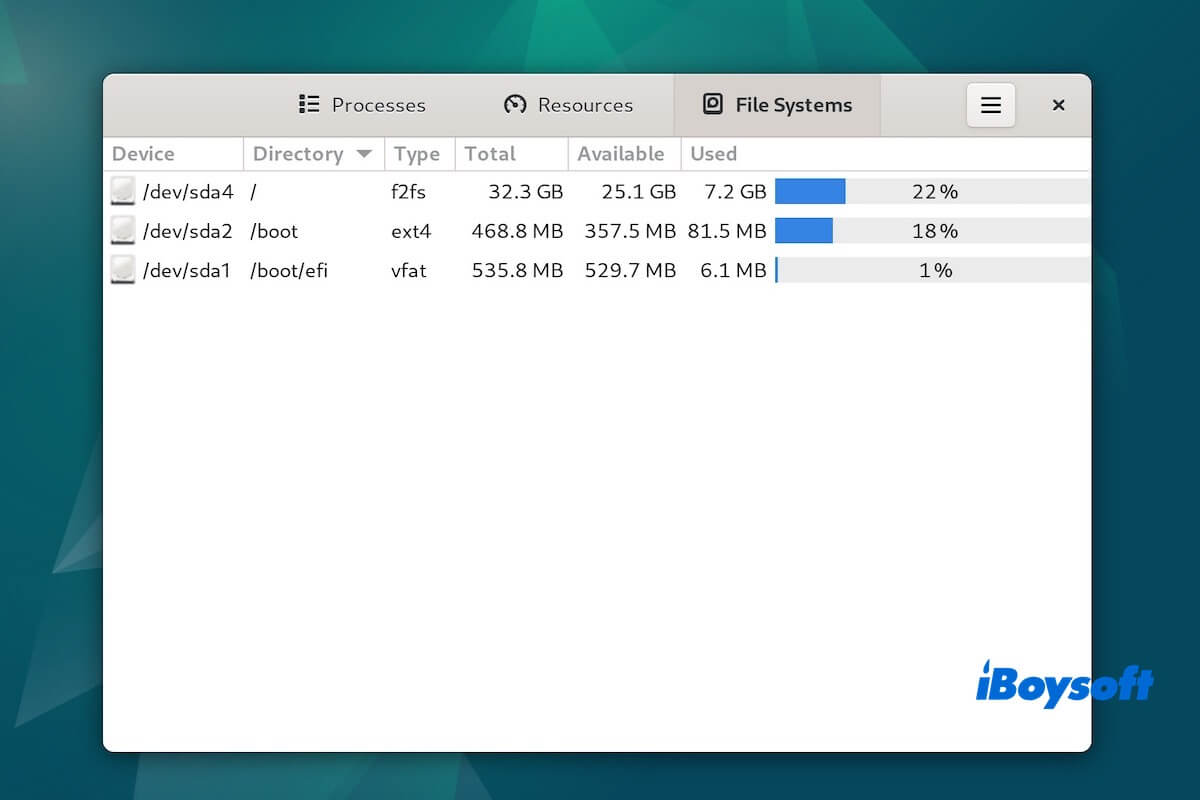What is F2FS used for? Is F2FS reliable? You can find the answer in this article. Besides, you can also learn about EXT4 and NILFS. Read on!
What is F2FS?
F2FS (Flash-Friendly File System) is a log-structured file system specifically designed for flash storage devices. It helps reduce write amplification, thereby extending the lifespan of the storage device.
Additionally, F2FS features a checkpointing mechanism, which allows for quick recovery of the file system in the event of an unexpected power loss or system crash, minimizing the risk of data corruption.
It utilizes intelligent garbage collection (GC) technology to optimize data migration, reducing excessive wear on SSDs and enhancing long-term stability. Compared to traditional file systems, F2FS delivers more reliable performance in high I/O load environments, making it particularly well-suited for workloads that involve frequent read and write operations.
F2FS is compatible with all flash-based storage devices and is widely used in Android devices and embedded systems. However, it is optimized specifically for NAND flash memory, so its performance on HDDs (mechanical hard drives) is suboptimal, making it unsuitable for traditional disk-based storage environments.
Could you share this to let more people know what F2FS is?
Is F2FS better than EXT4?
For flash storage devices such as SSDs, eMMC, and UFS, F2FS is the better choice. It is specifically optimized for NAND flash, reducing write amplification, extending device lifespan, and offering superior random read/write performance compared to EXT4. This makes it well-suited for Android devices, embedded systems, and high-performance storage scenarios.
For traditional mechanical hard drives (HDDs), EXT4 is more appropriate since F2FS is not designed for spinning disks. As a stable and widely supported file system, EXT4 provides better compatibility and performance on HDDs.
In Linux desktop and server environments, EXT4 remains the mainstream choice due to its broad support, while F2FS is primarily used for flash storage and remains relatively niche for general-purpose use.
In a nutshell, F2FS is ideal for flash-based storage, whereas EXT4 is a more versatile, reliable, and widely compatible option.
What is the difference between F2FS and NILFS?
NILFS (New Implementation of a Log-structured File System) is a log-structured file system developed by Nippon Telegraph and Telephone (NTT). Its main features are continuous snapshots and versioning.
The core idea of NILFS is to write all data sequentially in a log structure while automatically creating checkpoints. This allows users to restore previous system states.
NILFS is well-suited for high-reliability and data recovery scenarios, such as database logging, backup systems, and forensic analysis. In contrast, F2FS is optimized for flash storage (SSD/eMMC/UFS) performance.
The table below provides a quick comparison of F2FS and NILFS.
| NILFS | F2FS | |
| Purpose | Designed for continuous snapshots, data recovery, and versioning | Optimized for flash storage (SSD/eMMC/UFS) to improve performance and lifespan |
| Target Storage | Works on HDD and SSD (not specifically optimized for SSD) | Specifically designed for NAND flash storage |
| Write Method | Log-structured writing, appending all data sequentially | Uses multi-head logging and hot/cold data separation to improve random read/write performance |
| File System Check (fsck) | No fsck needed, as data is always stored in a consistent state | May require fsck, but has crash recovery mechanisms |
| Snapshot Support | Built-in snapshot and checkpointing, allowing easy rollback | No native snapshot support |
| Data Recovery | Highly reliable, suitable for databases, backup, and forensics | Standard reliability, mainly focused on performance optimization |
Share the table with your friends if you find it helpful!
